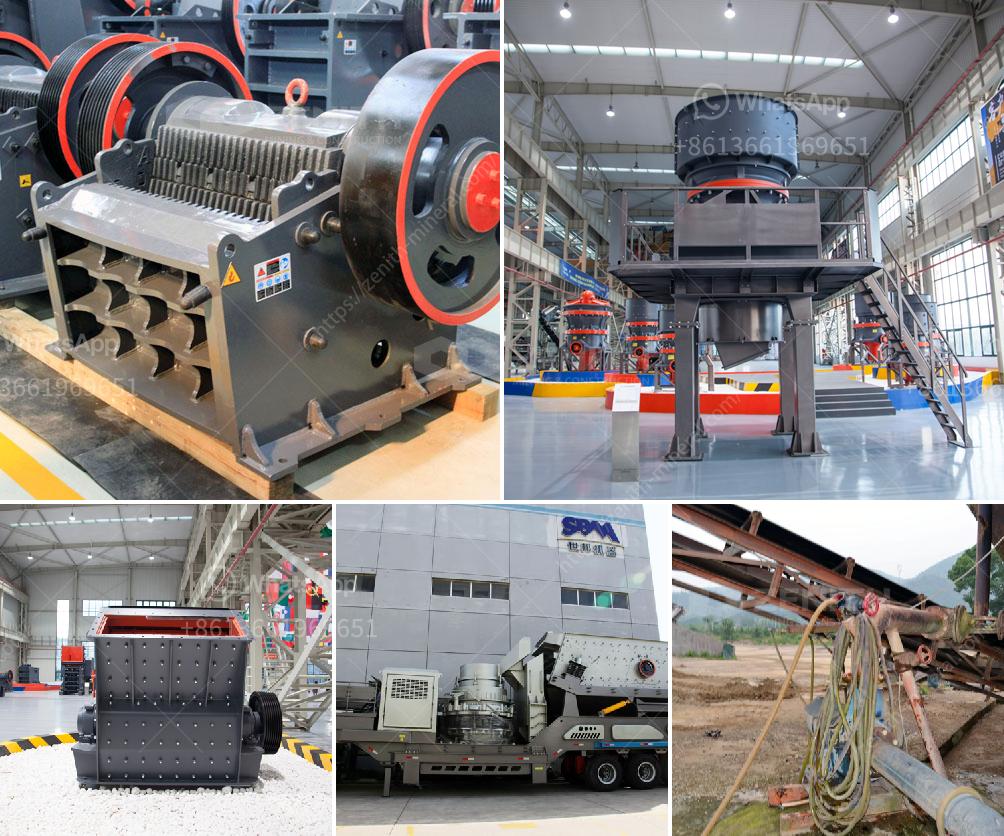Building a sand washing plant involves several key steps and considerations to ensure efficient and effective operation. Here’s a general guide to help you get started:
1. Site Selection and Planning
- Location: Choose a site with easy access to raw materials (sand) and water sources.
- Permits and Regulations: Obtain all necessary environmental and construction permits.
- Geotechnical Study: Conduct a study to understand soil conditions and ensure the stability of the plant.
2. Design and Layout
- Flow Diagram: Create a flow diagram of the washing process, including feed hopper, conveyors, washers, classifiers, and dewatering screens.
- Equipment Placement: Design the layout to optimize space and ensure efficient material flow.
- Utility Requirements: Plan for water supply, drainage, power supply, and waste management.
3. Procurement of Equipment
- Washing System: Typically includes a sand washer (e.g., bucket wheel or spiral classifier) to remove impurities.
- Separators/Classifiers: Equipment to separate different sizes of particles.
- Conveyors: To transport sand between different sections.
- Screens and Sieves: To ensure uniform particle size distribution.
- Dewatering Equipment: Such as hydrocyclones or dewatering screens to reduce water content in the final product.
4. Construction
- Foundation: Build a robust foundation to support heavy washing equipment.
- Installation: Install washing systems, conveyors, screens, and other machinery according to the layout plan.
- Plumbing and Electricals: Connect water supply lines, drainage systems, and electrical connections.
5. Testing and Commissioning
- Dry Run: Test all mechanical parts like conveyors and motors without sand to ensure proper functioning.
- Wet Test: Run the plant with water and sand to check for effective washing, separation, and dewatering.
- Adjustments: Make necessary adjustments to improve efficiency and output quality.
6. Training and Operation
- Staff Training: Train your team on the operation of the sand washing plant, including safety procedures.
- Maintenance Schedule: Establish a routine maintenance schedule to ensure all equipment is in good working condition.
7. Environmental Considerations
- Water Recycling: Implement a system for recycling water to minimize wastage.
- Effluent Treatment: Ensure that any wastewater is treated before discharge to comply with environmental regulations.
8. Safety Measures
- Protective Gear: Ensure workers wear appropriate personal protective equipment (PPE).
- Safety Protocols: Establish and enforce safety protocols to prevent accidents.
By following these steps, you can establish a sand washing plant that is efficient, compliant with regulations, and capable of producing high-quality sand.


